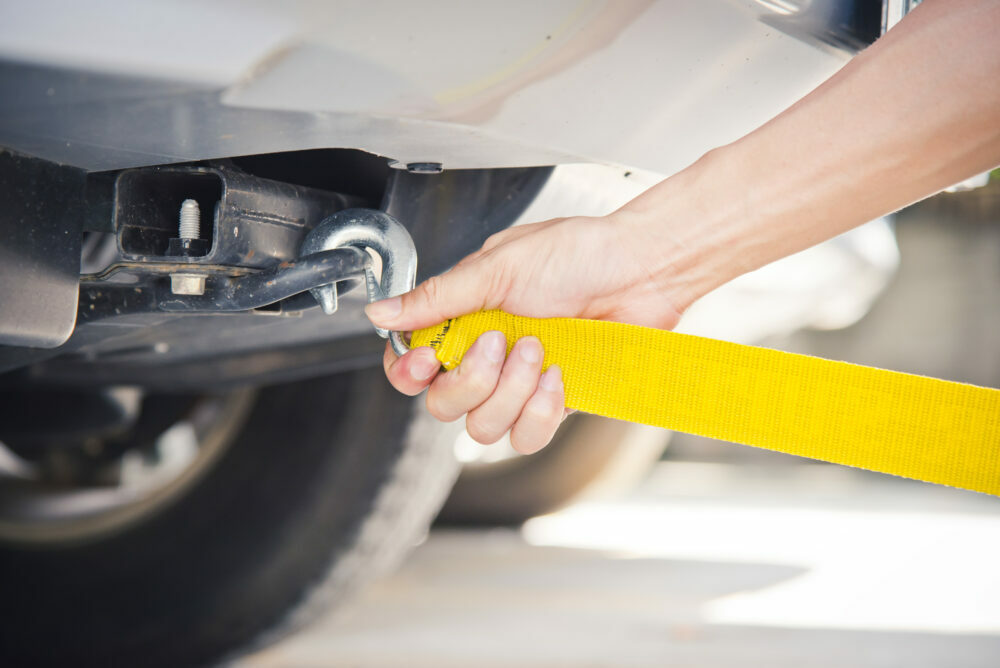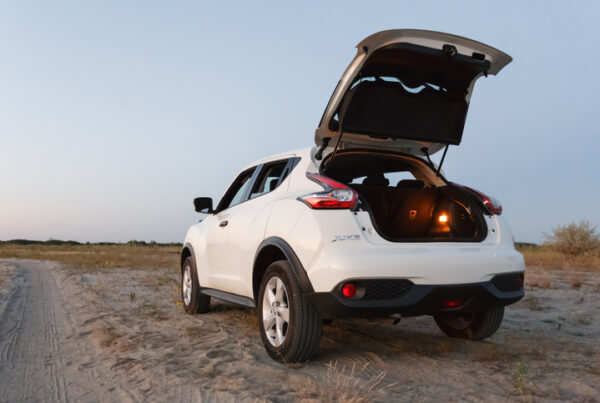There have been renewed calls for a national ban of snatch straps following the death of a 51-year-old man earlier this year as a part of a vehicle recovery.
Strathdickie man Peter Dilges was killed in an accident at Billys Creek, east of Hydeaway Bay in Queensland on March 17, 2018. According to reports Mr Dilges “was helping a bogged driver at the boat ramp when he was hit in the head by a tow point that catapulted through the back window of the tow vehicle”.
Nine months earlier in June 2017, Chris Poulsen, 26, was also killed after a snatch strap snapped and went through the back window of the towing vehicle, striking him in the back of the head at Farnborough Beach. In 2011, a WA mother of three was killed after a snatch strap sheared off the tow ball and it flew back through the windscreen, crushing her throat.
And there have been a string of injuries and incidents recorded right across Australia of snatch straps becoming loose and injuring drivers, bystanders or causing damage to the vehicle themselves. The frequency of such incidents has called into question the need for alternative measures.
James Gorrie is an experienced 4WD trainer who recommends that drivers “only use the snatch strap as a last resort”.
“People should try using other recovery methods such as, electric winch, hand turfer or reducing tyre pressure to remove a bogged vehicle,” he says.
“A lot of vehicles are not designed for snatch straps as the recover point is not strong enough to withstand the force of a 3-4 tonne vehicle pulling it out of the mud. I would strongly recommend we remove the snatch strap from the workplace and train employees to use other recovery methods.”
To set an example of safety leadership, the Toowoomba Regional Council in Queensland has already taken the step of banning all snatch straps from its recovery operations. Instead the council has installed winches to all of its off-road vehicles and mandated that all 4WD courses they participate in will not feature snatch recovery training.
At their core snatch-straps are like big elastic bands; they use kinetic energy to enable the recovery of a bogged vehicle and it is that stored energy which makes them so dangerous. When the strap stretches it puts a huge strain on the points where the strap is attached to both the bogged vehicle and the vehicle doing the recovery.
Therefore it is critical that both vehicles are fitted with proper recovery points, preferably attached directly to the chassis. It is imperative that when a snatch-strap is used it is attached to a point on the vehicle that can withstand the huge forces applied by the stretching strap – a towball does not meet that criterion.
Don’t take the risk if you don’t need to. Look towards using winches or other methods to make the recovery effort a whole lot safer, and consider whether exercising a complete ban on snatch straps for your fleet might be helpful.
A basic safety guide to snatch straps
If you find that you have exhausted all other options and do need to use a snatch strap – ensure you take extra care to ensure safety and risk management concerns are being met.
Step 1—Follow the product instructions
By law, your recovery straps must give you: safety warnings, including a minimum breaking strength instructions for safe use. The minimum breaking strength must be at least double the gross vehicle mass (GVM) of the lighter of the two vehicles used in the recovery.
Step 2—Check the strap
Make sure your recovery strap isn’t damaged at all. Never use a damaged strap.
Step 3—Attach it correctly
Attach the recovery strap to a point on the vehicle that is suitable to use with the strap. Make sure it has a safety rating to pull that much weight.
You could also use a shackle, as long as it: complies with the legal standards has a working load limit that’s higher than the strap’s minimum breaking strength. Never attach it to: a standard tow ball your vehicle’s tie-down point. These aren’t strong enough to pull a bogged vehicle. They can easily break off and cause injury or death.
Step 4—Use it properly
Only use recovery straps to pull a bogged vehicle to safety. Never use them to lift a vehicle or tow it conventionally.
Step 5—Reduce rebounding
Recovery straps are elastic. They can easily rebound when fully stretched, and this can be a safety hazard. You can reduce the risk of rebounding by covering the straps with: a recovery damper, a heavy bag, a blanket.
Step 6—Keep bystanders safe
Rebounding straps are deadly. People have died from being struck by rebounding straps. Have any bystanders move away from the vehicles to a distance of at least 1.5 times the length of the unstretched strap.
Step 7—Educate yourself
If you are likely to use recovery straps, sign up for a four-wheel-drive training course. Most nationally recognised courses will give you instructions about using recovery straps. Check with the course provider before you sign up.




















